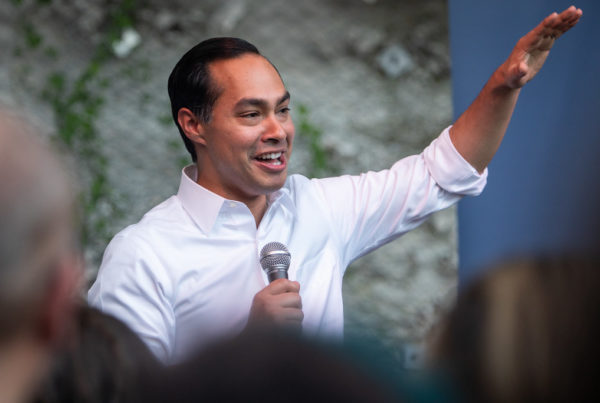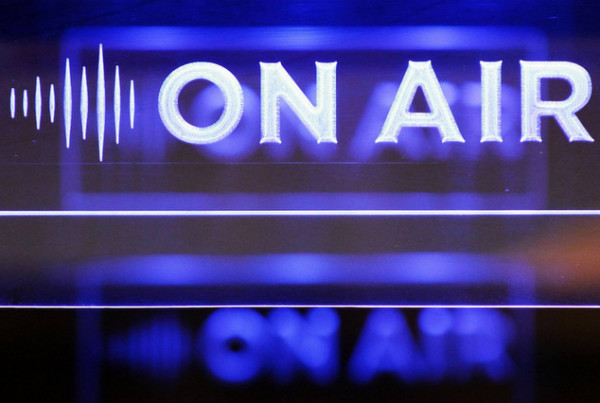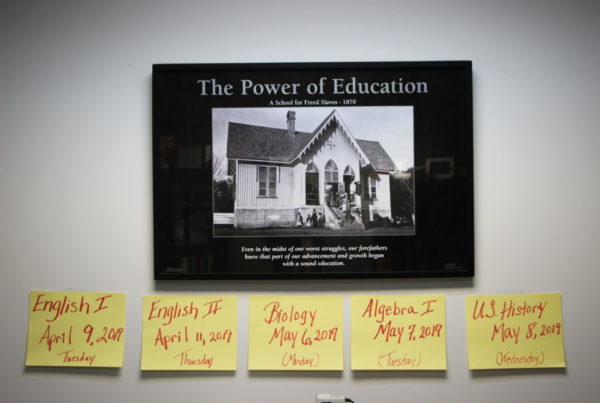The word “teenager” didn’t become prominent until the 1940s, but ever since then, adolescence and youth culture have had an outsized effect on American society. It opened up an entirely new consumer market, and businesses and advertisers have been infatuated with youth ever since. It’s even had an effect on our current political system, more than half a century later.
Tracy Dahlby was a foreign correspondent, and news bureau chief in Tokyo, and is now a journalism professor at the University of Texas at Austin. He says young Americans became a distinct demographic during the 1950s and ‘60s, and wrote about the phenomenon in a recent story for George Washington University’s History News Network. Businesses’ catering to the youth market changed what and how Americans consume.
“The fountain of youth has always been an id-driven urge. We’re always looking to remain forever young,” Dahlby says.
Dahlby says these days, “older” people are younger than ever, thanks to youth culture – they have more vitality than they did years ago. But there’s a downside to that.
“One of the things that happens is that the larger forces that are really kind of beyond our control take over, and all of a sudden they become normalized,” he says.
Dahlby says parallel revolutions in telecommunications and transportation in the 20th century made the world smaller, and also more individualized. The new youth market emerged during that time.
“It created an addiction for speed and comfort that has continued to grow over the years and over the decades,” Dahlby says.
Media critic Neil Postman’s 1985 book, “Amusing Ourselves to Death,” was an early critique of this major cultural shift, Dahlby says.
“He talked about the shift between print culture, which had always been our culture until the advent of TV, and then when TV came along,” Dahlby says. “Postman argued, and maybe a little bit overwrought, that television and the electronic medium had made us more superficial and less interested in going into depth.”
Dahlby says President Donald Trump is a product of unfettered youth culture. In his piece, he writes that Trump and those in his orbit often act in juvenile ways, but that that’s acceptable nowadays because of the value we place on youthfulness.
“I think the issue with the Trump administration and the support that he’s brought, and the criticism that he’s aroused in society, is really a symptom of larger forces,” Dahlby says.
Dahlby says America is in a precarious moment right now: just as it’s becoming more inclusive, technology is upending so much of what people knew as normal.
“Somehow, the speed of which we live our lives, the technology that sometimes dominates our lives, has made it difficult for us to find an anchor for our sense of who we are as individuals,” Dahlby says.
Written by Geronimo Perez.
















